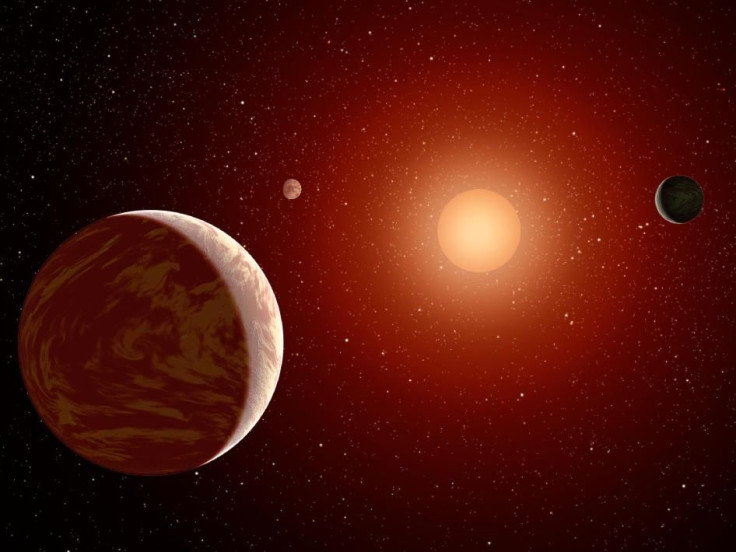Search For Alien Life Narrows With New Study

The chances of finding planets capable of sustaining complex alien life have been cut down according to the findings of a new scientific study. The researchers carried out their study by applying Earth’s physiological limits to alien planets that were previously thought to be capable of hosting life.
In the search for alien life in other planets, scientists commonly referred to habitable zones. These are regions in space where planets are close to stars. Being in a habitable zone ensures that the planet is warm enough for it to have liquid water, which is the perfect for simple single-celled organisms.
Unfortunately, not all planets in the habitable zone share the same ideal environmental condition. According to researchers, including lead author Edward Schwieterman of NASA, most planets that are located near the edge of these zones require high levels of carbon dioxide to maintain liquid water and above-freezing temperatures.
Due to the high volume of carbon dioxide in the atmosphere, the conditions in these planets are too toxic for complex lifeforms.
“To sustain liquid water at the outer edge of the conventional habitable zone, a planet would need tens of thousands of times more carbon dioxide than Earth has today,” Schwieterman explained in a statement. “That’s far beyond the levels known to be toxic to human and animal life on Earth.”
According to Scwieterman’s co-author Timothy Lyons of the University of California - Riverside, their study marks the first time that Earth’s environmental conditions were referenced in the search of alien life in habitable zones.
“Our results indicate that complex ecosystems like ours cannot exist in most regions of the habitable zone as traditionally defined,” Lyons said.
Aside from outer planets, another factor that narrows the search for alien life is the condition of certain stars. According to the researchers, stars such as Proxima Centauri and TRAPPIST-1 do not have habitable zones due to the high level of ultraviolet radiation that they emit.
Out of the 4,000 previously discovered habitable planets, only a third can now be considered as capable of hosting complex life based on the new parameters.
The findings of Schwieterman and his team were presented in a new study published in The Astrophysical Journal.
© Copyright IBTimes 2024. All rights reserved.





















